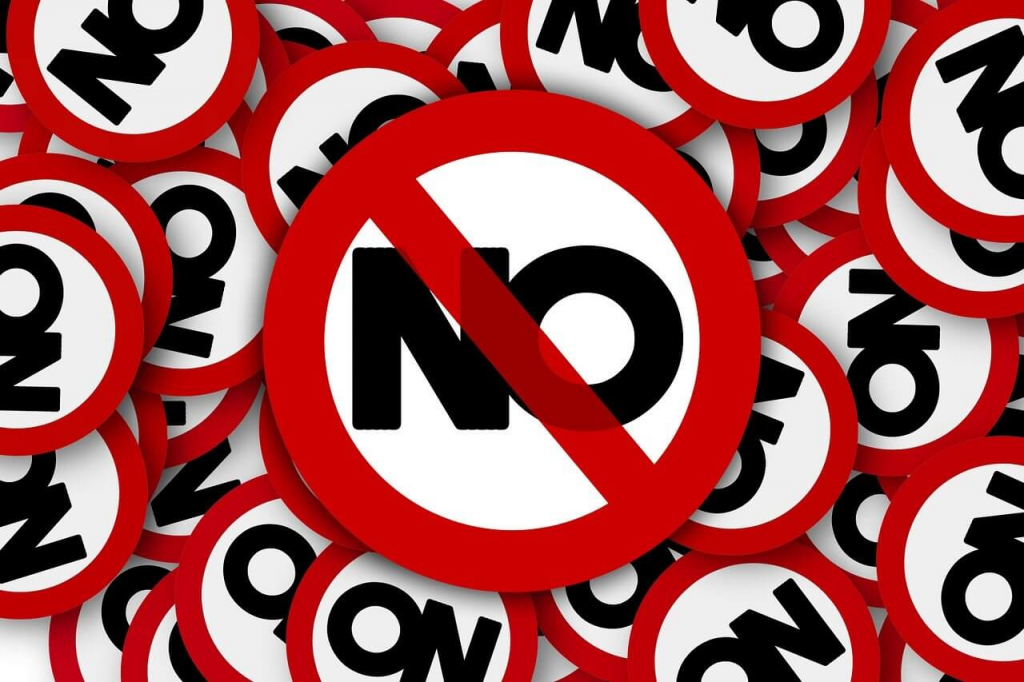Eviction is a process that both landlords and tenants don’t want to go through.
For a tenant, an eviction can stain their credit and rental history, which would make it almost impossible for him to be granted housing, along with other financing opportunities. The eviction can stay on one’s record for up to 7 years – that’s how long he will suffer consequences.
For a landlord, on the other hand, it takes a lot of paperwork and it can have legal implications if done inappropriately as mandated by law. Worse, it could lead to a lawsuit – even if you will win in court, it will first suck up your energy and resources and will leave you wondering if it was even worth going through all the trouble just because of one bad tenant.
Related article: Effect of Evictions on Tenants and Landlords
If you think about it, all parties will have something to lose in any eviction process. However, there are other options for dealing or getting rid of bad tenants without needing an eviction.
Let them fix things first.
Tenants are not perfect; even landlords. So there are instances when their violations on the lease are unintentional, tolerable, or can be solved without needing to get rid of them.
If possible, eviction should be one of your last options when it comes to bad tenants.
Reach out to your tenants about their violation or why they keep repeating it. Find the root cause of the problem for you to properly evaluate if there a more positive course of action. Tenants are humans, too. They may be external factors that negatively affect their behavior.
Talk to them and allow them to make things right.
Don’t renew the lease
A leasing contract will only be valid within a certain period (usually one year). If the contract of the bad tenant is just a few months away, then your option is to simply not renew their contract.
Check your federal and state laws on legal reasons to not renew a tenant’s lease as well as the minimum number of days for a prior notice.

Raise the rent
The same way we skip buying a usual purchase if the price inflates, raising rent will discourage the bad tenant to renew his lease. As long as your rate increase is within the legal limit as stipulated in governing housing laws, then you can try this option.
There is no guarantee that this will work, but chances are high if the tenant’s usual lease violation is failure to pay rent. If he can’t afford the current rental rate, then he surely can’t afford a higher one.

Cash for Keys
This option is also good if a bad tenant can’t afford to pay rent anymore, but refuses to leave. Some landlords still don’t think that this is an acceptable option, but it’s a business move that a lot of landlords are already open to.
As the name suggests, this is where a landlord pays a tenant a certain amount of money to give up his keys to the rented unit. It’s as simple as that. The tenant would most probably take the money because he needs it.
It would cost you as a landlord, but if you think it’s a price you’re willing to pay to save yourself from having to deal with the bad tenant, then this is a good option.

FILLING THE VACANCY
The next challenge for a landlord after getting rid of a bad tenant is filling in the vacancy. After posting attractive listings on property listing websites likes Padleads, be ready to carefully screen every interested client’s tenant application to check for red flags that would indicate that they will be trouble tenants in the future.